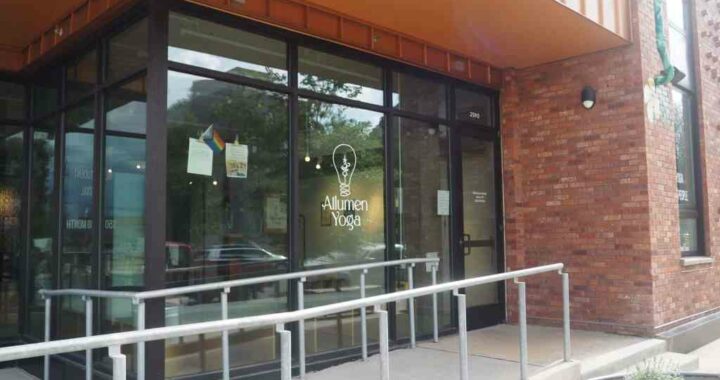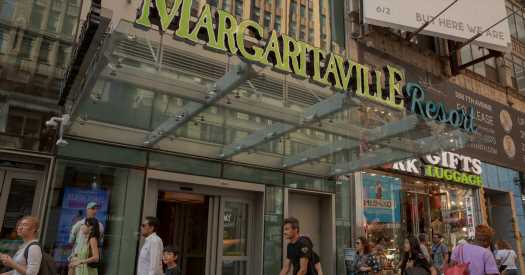Food Prices Ticked Higher in May
3 min read
Food prices for Americans rose in May, an increase that adds to the pain of consumers pinched by higher prices.
Overall food prices rose 0.2 percent in May from the prior month, an increase after remaining flat the two months before.
Prices for groceries rose 0.1 percent in May, up from April, when prices declined 0.2 percent. Prices for food at restaurants continued to climb, rising 0.5 percent over the month, an increase from 0.4 percent in April.
Food prices are rising at a slightly slower rate than they were a few months ago, but they are still much higher than they were before the pandemic. Food prices have picked up 6.7 percent over the last year.
Fruit and vegetable prices increased 1.3 percent in May, following a 0.5 percent decrease in April. The index for meats, poultry, fish and eggs fell 1.2 percent in May after declining 0.3 percent in April.
The price of eggs fell 13.8 percent, the largest decrease in that index since January 1951. That came after egg prices declined 1.5 percent in April and 10.9 percent in March. Egg prices had jumped a few months ago after an outbreak of bird flu and the cost of fuel, feed and packaging rose.
Food prices began rising sharply about two years ago as the costs of labor, transportation and raw materials increased, partly because of supply chain snarls and higher fuel prices. That resulted in companies passing along some cost increases to consumers. Other factors, such as extreme droughts in the Western United States, have also strained supply and pushed up food prices.
Though costs for some food ingredients and other raw materials have fallen in recent months, some large corporations, such as PepsiCo, have signaled that they will continue increasing prices or keep them elevated for the foreseeable future as consumers have largely kept buying products.
Still, economists say that overall food prices could show signs of moderating as labor pressures ease and wage growth across the food industry has slowed, reducing stress for companies. Recent declines in fuel prices have also helped bring down transportation costs.
Biden administration officials have highlighted the recent slowdown in price increases for groceries, although they have said, “The job is not done yet and there is considerable uncertainty around the outlook.”
Some shoppers have started to notice some relief at the grocery store, but they have continued to grumble over the steep cost of food.
Hanna Hensley, 29, an assistant high school teacher who was shopping at a Giant Food store in Arlington, Va., on Sunday, said she was frustrated with the high cost of food, which has become more of a strain on her budget. She said weekly groceries for her family, which includes her parents and sister, now total about $100, up from about $70 before the pandemic.
She said she was glad, though, to see prices for some items come down. When egg prices shot up to around $5 a carton a few months ago, she stopped buying them. But she said a dozen eggs now cost her about $2.50, and on Sunday, she picked up a carton of them, along with oatmeal, tomatoes, mushrooms and sliced marble cake.
Ms. Hensley said she had noticed that overall food costs were not rising as much as they had been a few months ago, and she hoped prices would fall or at least remain stable.
“Budgeting is hard when prices are constantly changing,” she said.
Source: Read Full Article






